When most people think of birds, they think of flying creatures. Some birds defy this common thought. Some birds can’t fly because of their large size, while others aren’t equipped with the right mechanisms to fly.
Check out the list of flightless birds below.
Contents
1. Emu
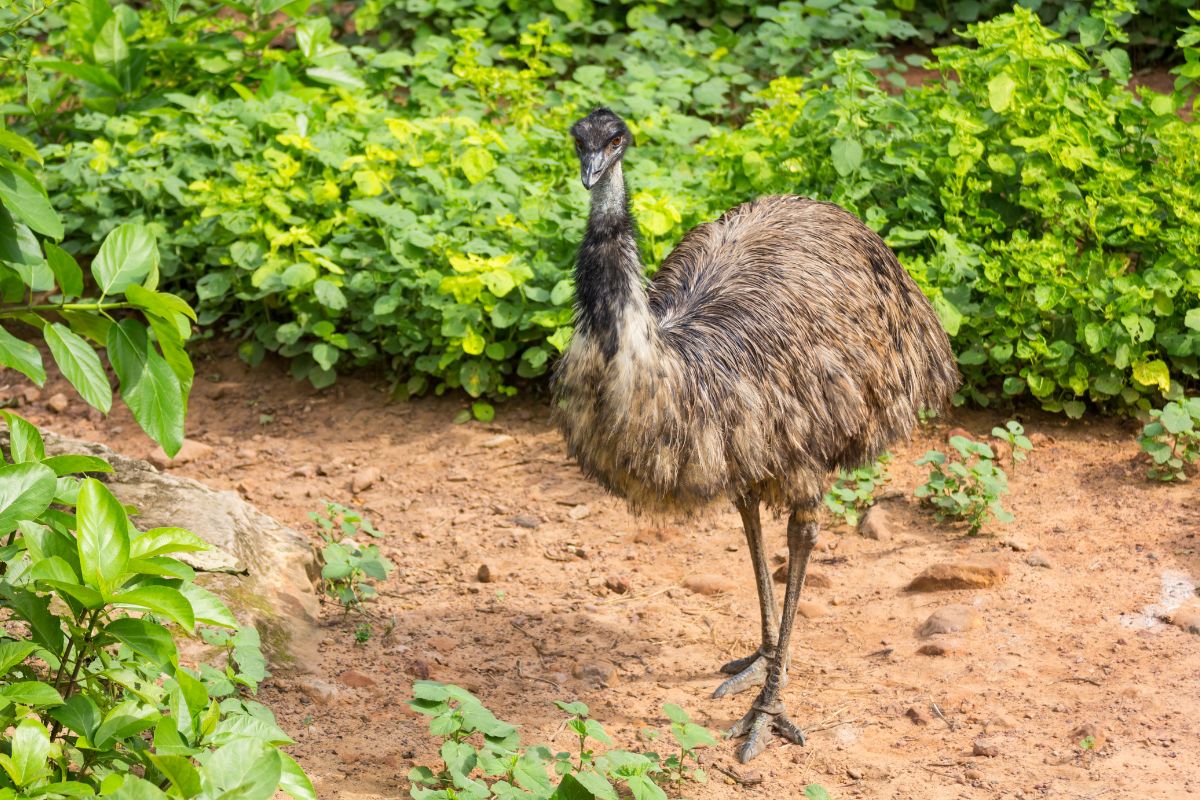
The sheer size of an emu disqualifies them from flying. They can reach over six feet tall. Their breastbones lack the keel used to anchor strong pectoral muscles. Without this keel, an emu doesn’t have the strength to lift its body weight off of the ground. Emus live in Australia in the open arid plains and the tropical woodlands.
2. Ostrich
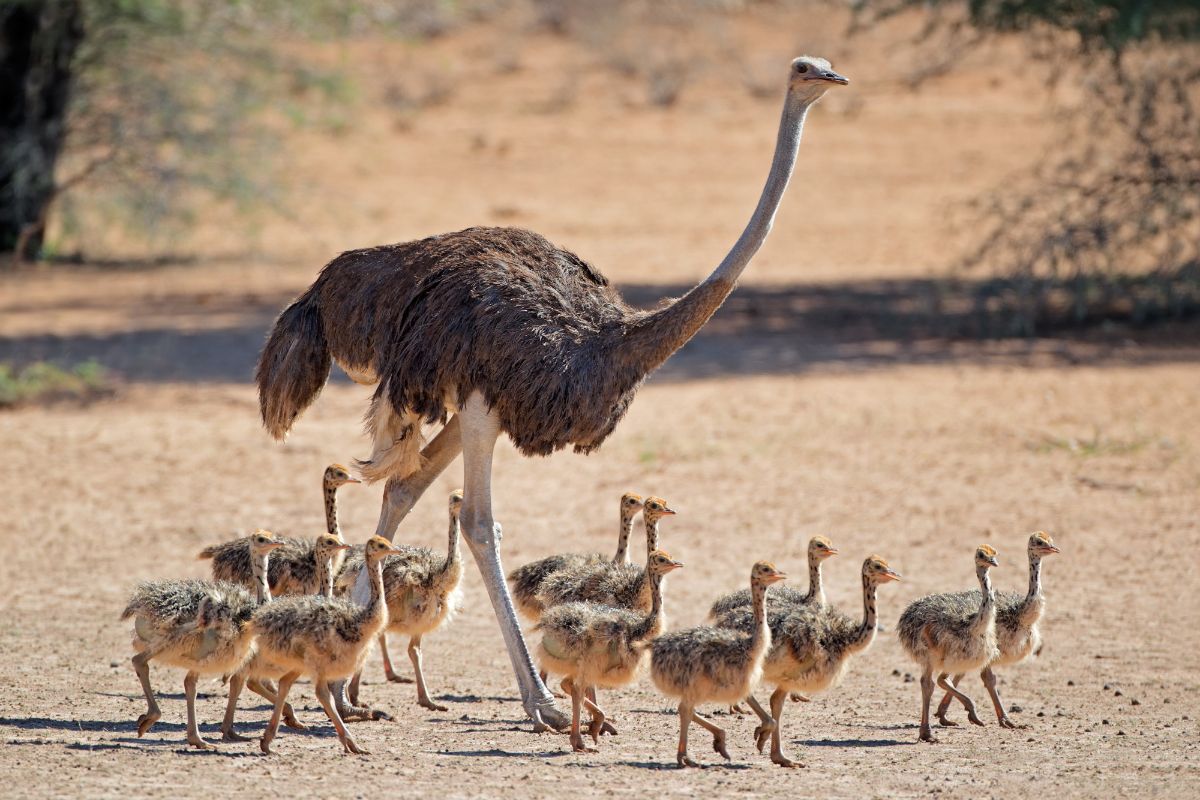
The ostrich is another large bird that lacks the strength to give it the ability to fly. These large birds can grow to be 9 feet tall and weigh up to 320 pounds. These flightless birds are the world’s largest birds. Unlike most birds, ostriches secrete urine separately from feces.
3. Dodo
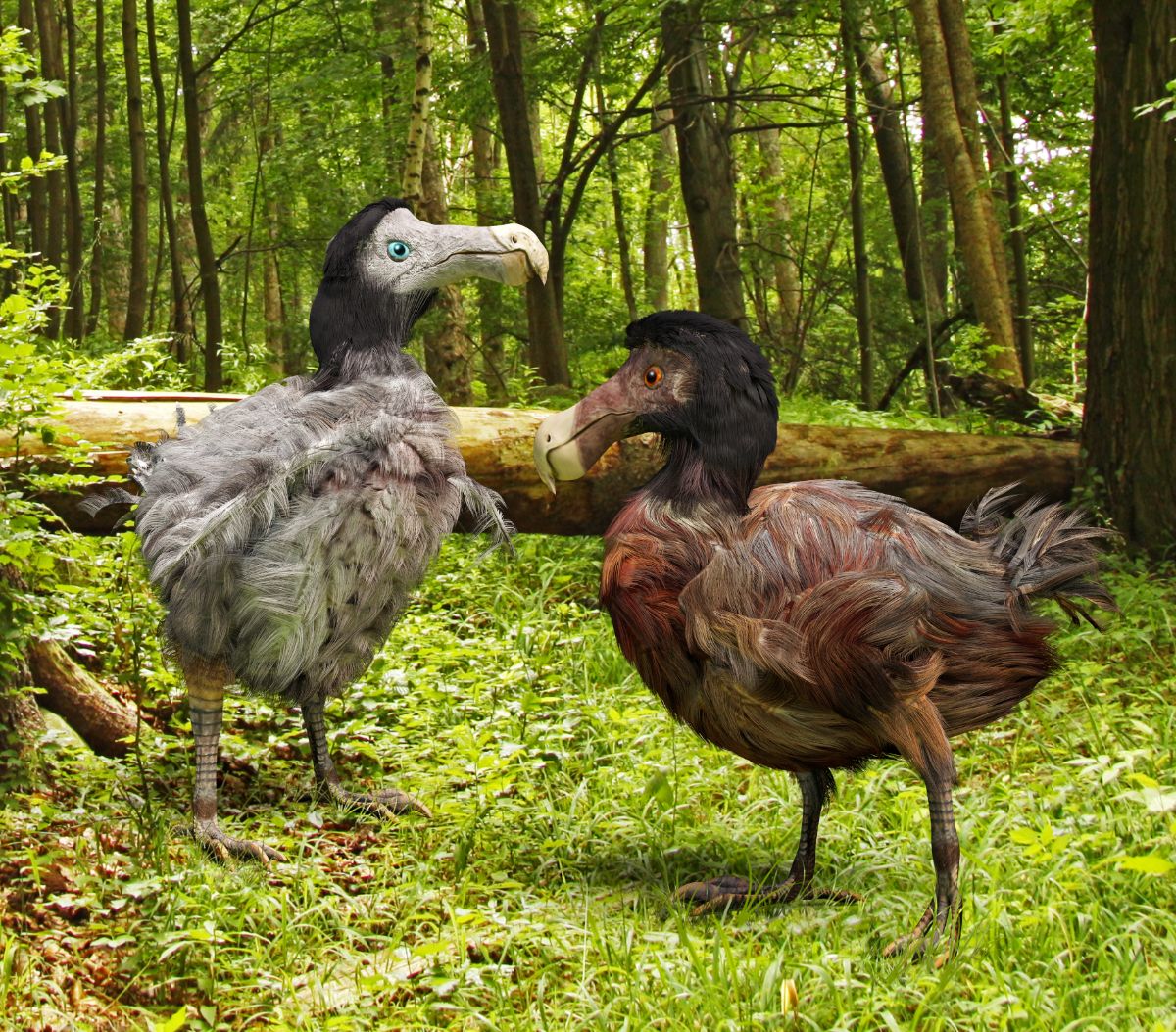
The dodo is an extinct flightless bird. When it was on earth, it lived on an island in the Indian Ocean. The dodo was extinct by 1681 by the introduction of humans and their animals to the island. This flightless bird weighed about fifty pounds and had blue-gray plumage.
4. Flightless Cormorant
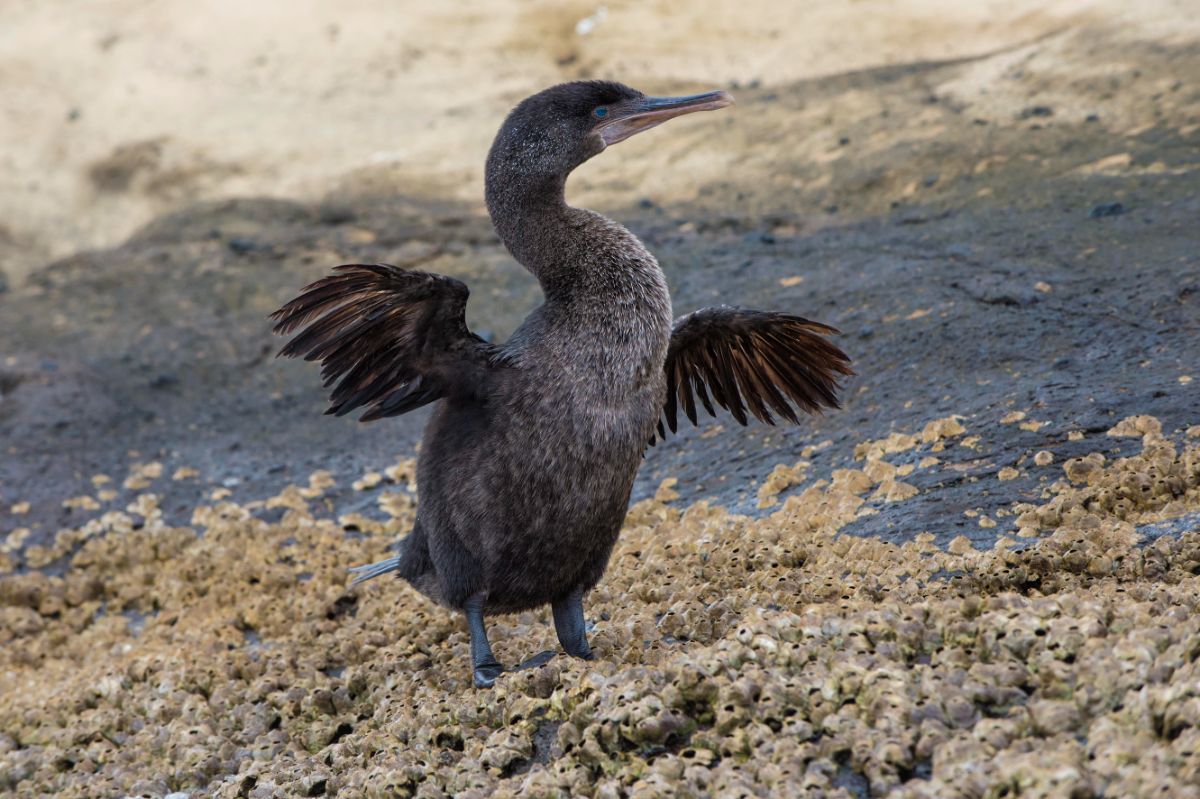
The flightless cormorant is in the family of birds that can fly. These are the largest birds in their family, hence their restriction to flight. They live on the beaches of Isabela and Fernandina in the Galapagos. Their underwater abilities outweigh their flight restriction.
5. Takahe
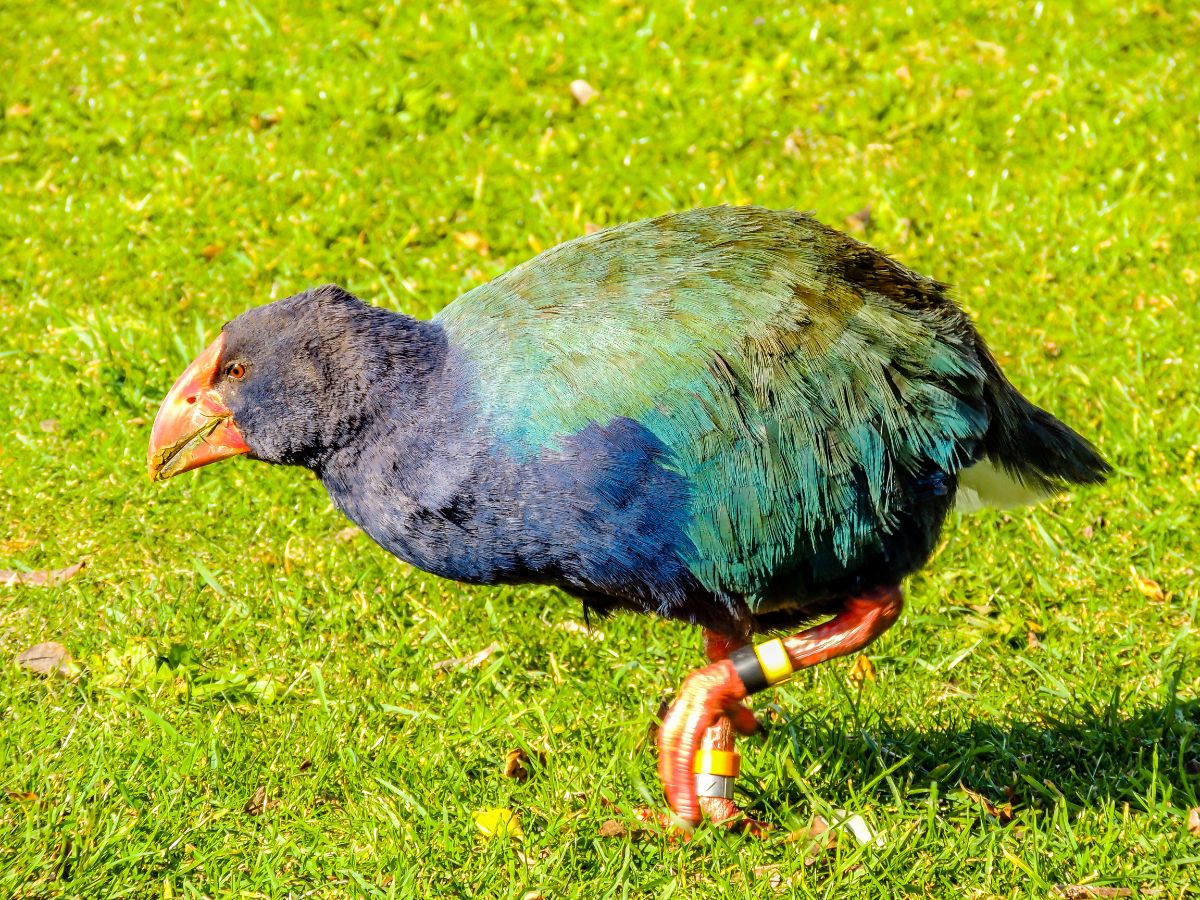
The flightless takahe is indigenous to New Zealand. Takahes were hunted exclusively by an indigenous Polynesian tribe called the Maori and were not described by Europeans until 1847. They were thought to be extinct by 1898, but after careful research 50 years in the making, a living takahe was captured on South Island.
6. Greater Rhea
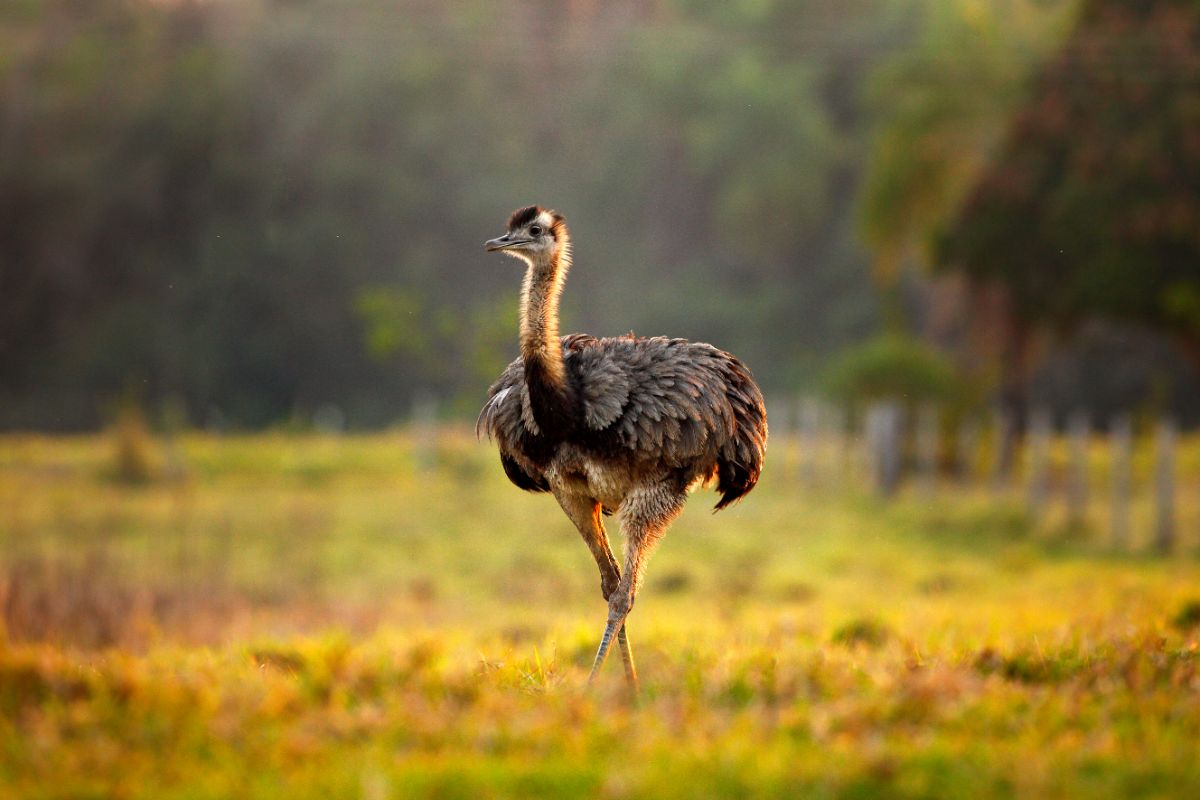
The greater rhea resembles an ostrich and is native to eastern South America. It lives in Brazil, Argentina, Bolivia, Paraguay, and Uruguay. It lives in various environments, including grasslands, savanna, and grassy wetlands. It is a large bird weighing up to 60 pounds. This large size makes flight difficult.
7. Great Auk
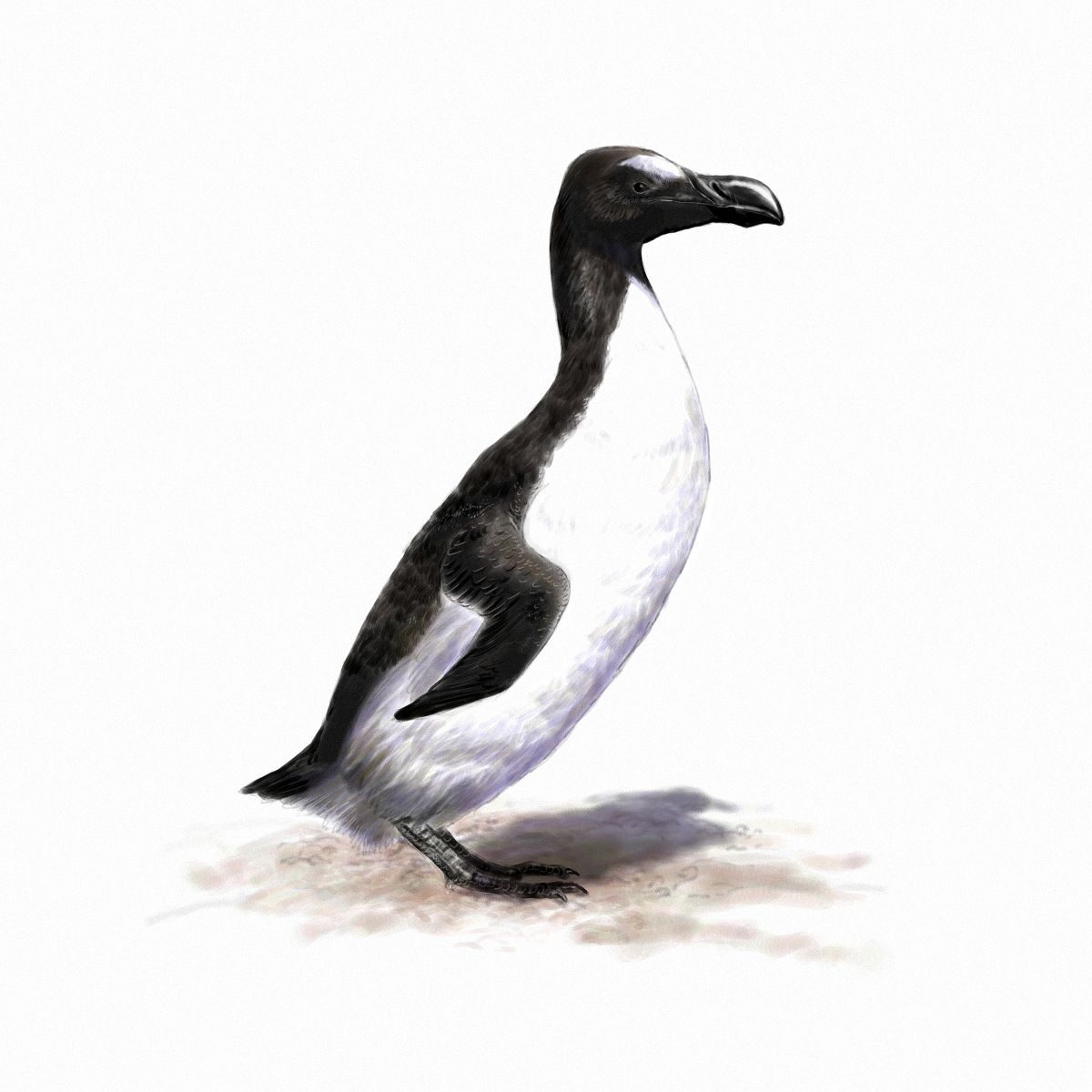
The great auk is a flightless bird that became extinct in the mid-1800s. They are from the genus Pinguinus, with penguins named after them by European sailors because of their similar physical features. They lived in the waters of the North Atlantic, breeding on rocky and remote islands.
8. Emperor Penguin
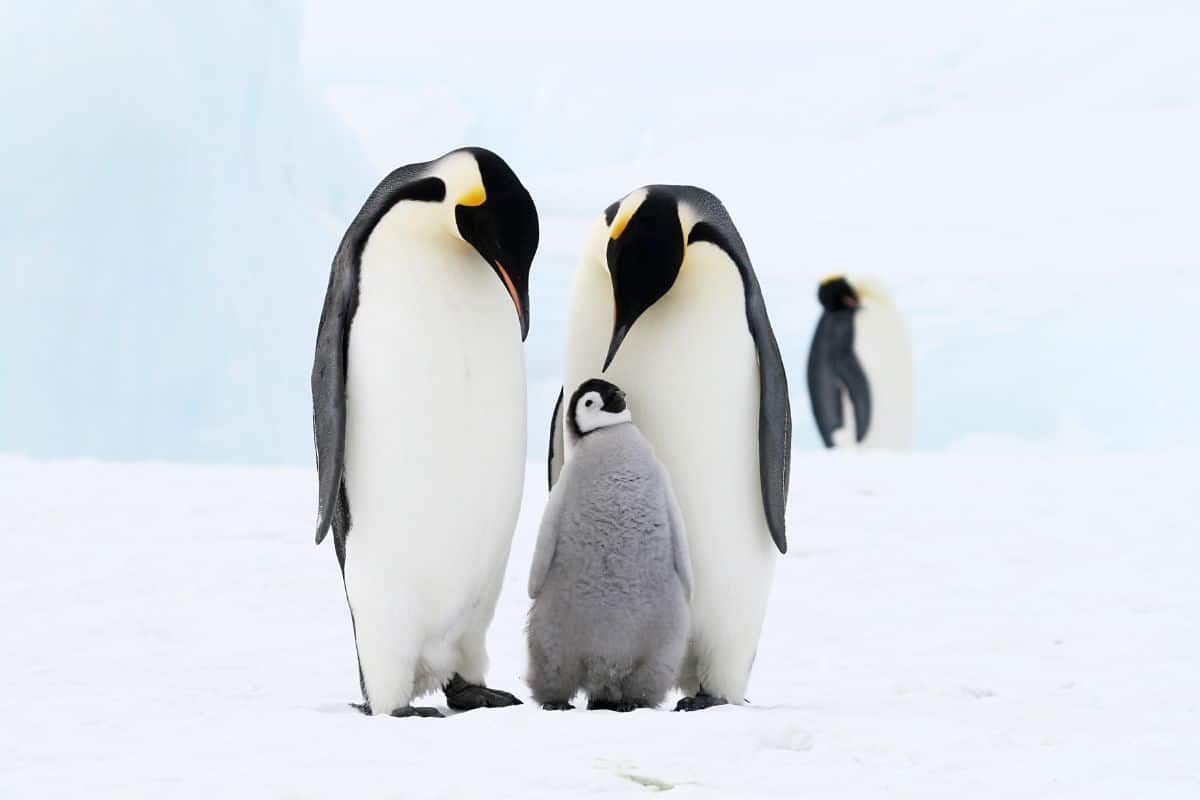
Emperor penguins are some of the most famous penguins in modern times. They are the tallest and heaviest of all living penguins in modern times. Their heavy weight and weak wings make flight impossible for the emperor penguin. Their bodies are designed for swimming in cold marine habitats.
9. Weka
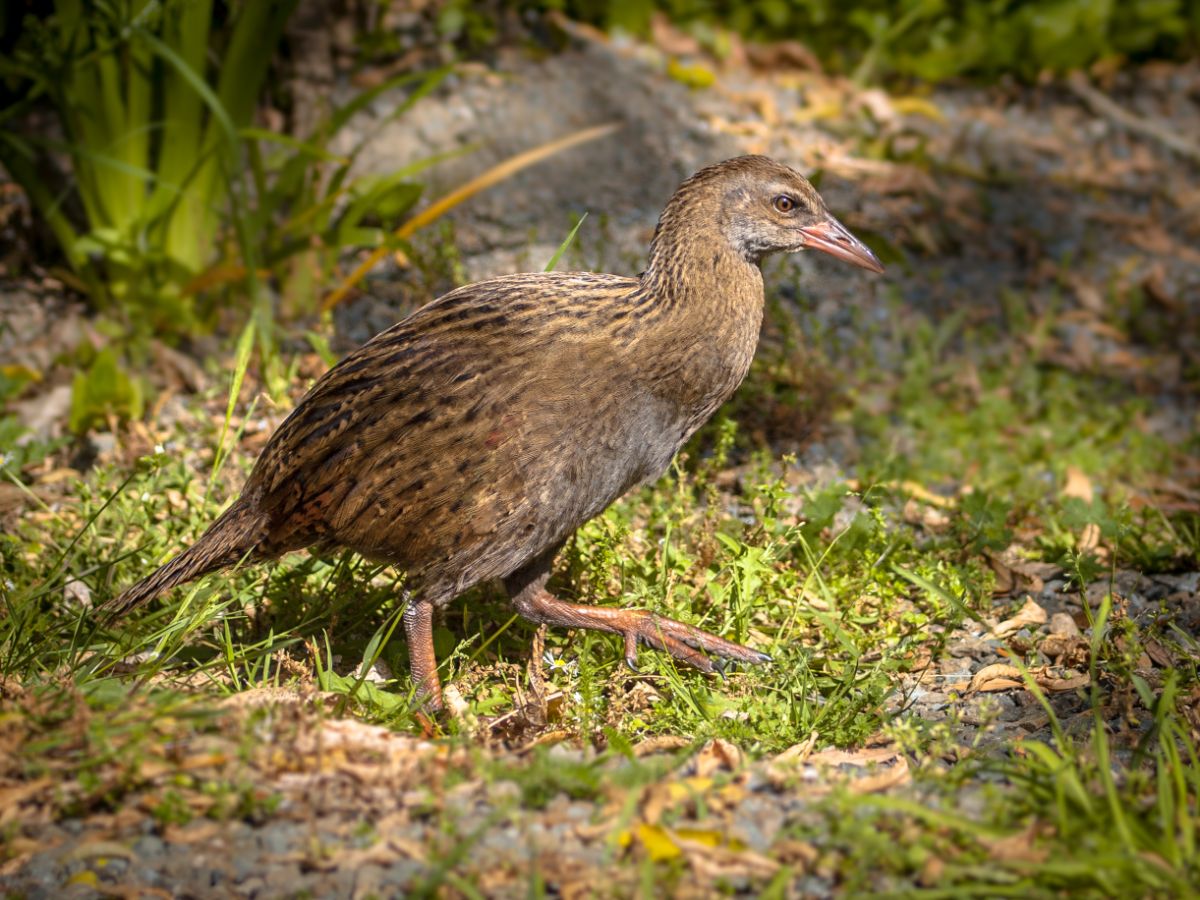
The weka bird is indigenous to New Zealand and is the only living member of the genus Gallirallus. These birds are sturdy, about the size of a chicken. They are brown with dark brown spots. They are omnivores and feed mainly on fruit and invertebrates.
10. Southern Cassowary
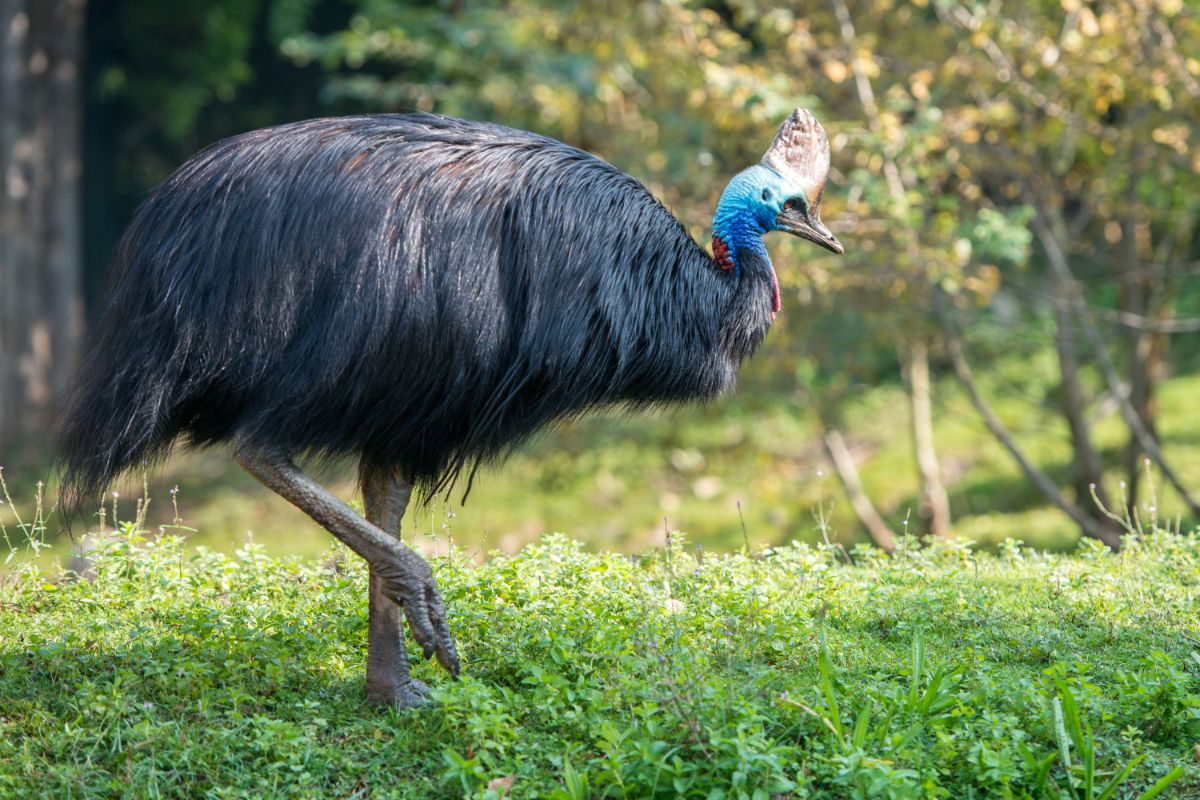
The southern cassowary is one of three species of cassowaries. It is a ratite, meaning it is related to emus, ostriches, rheas, and kiwis. The stiff, bristly black plumage of the southern cassowary sets it apart from other closely-related birds. They have blue faces, long red necks, and red on the cape.
11. North Island Giant Moa
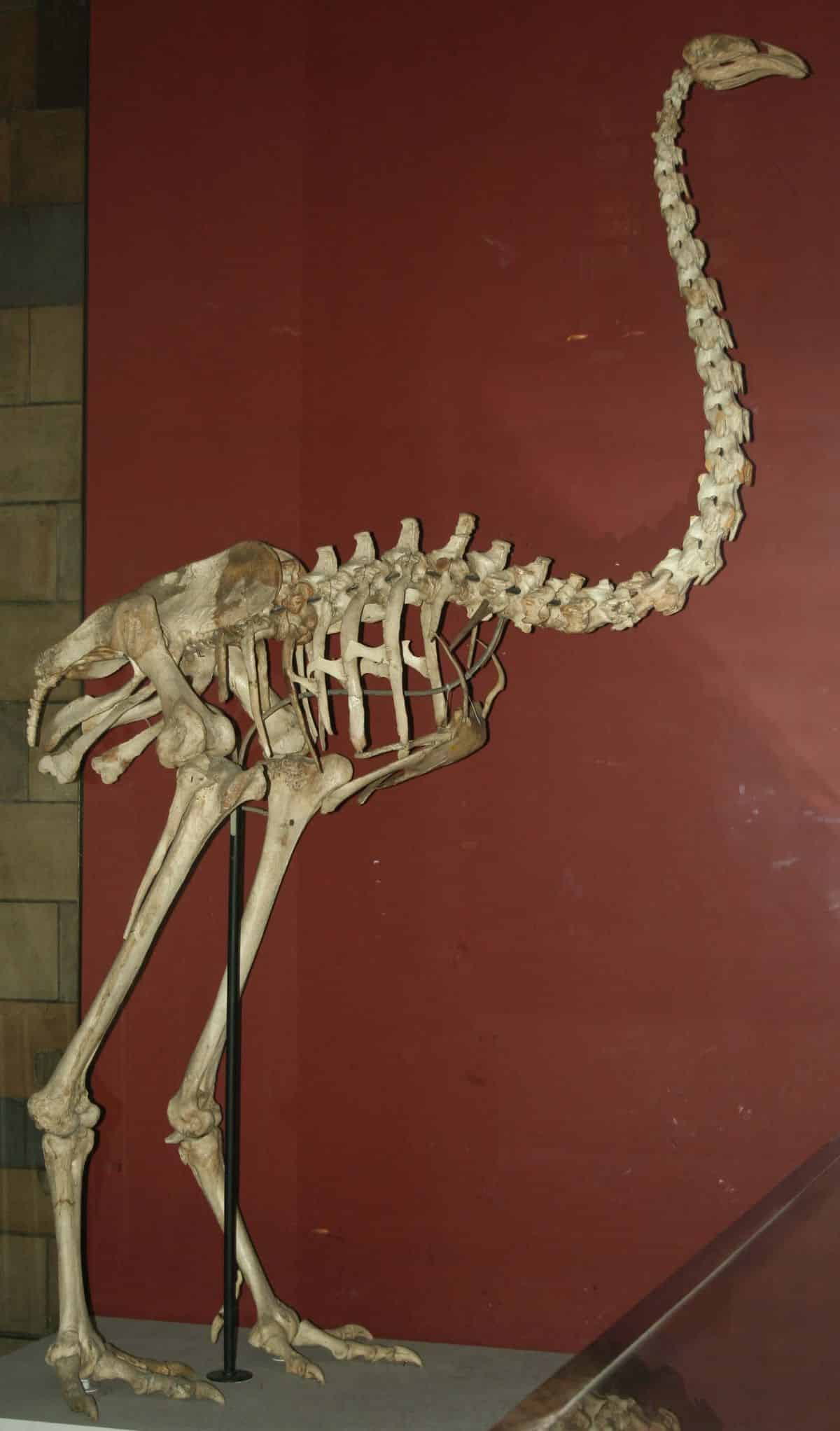
The north island giant moa was indigenous to New Zealand before it became extinct. The north island giant moa was the second largest moa, second to the south island giant moa. With their necks stretched, the north island giant moa reached up to 9 feet tall.
12. North Island Brown Kiwi
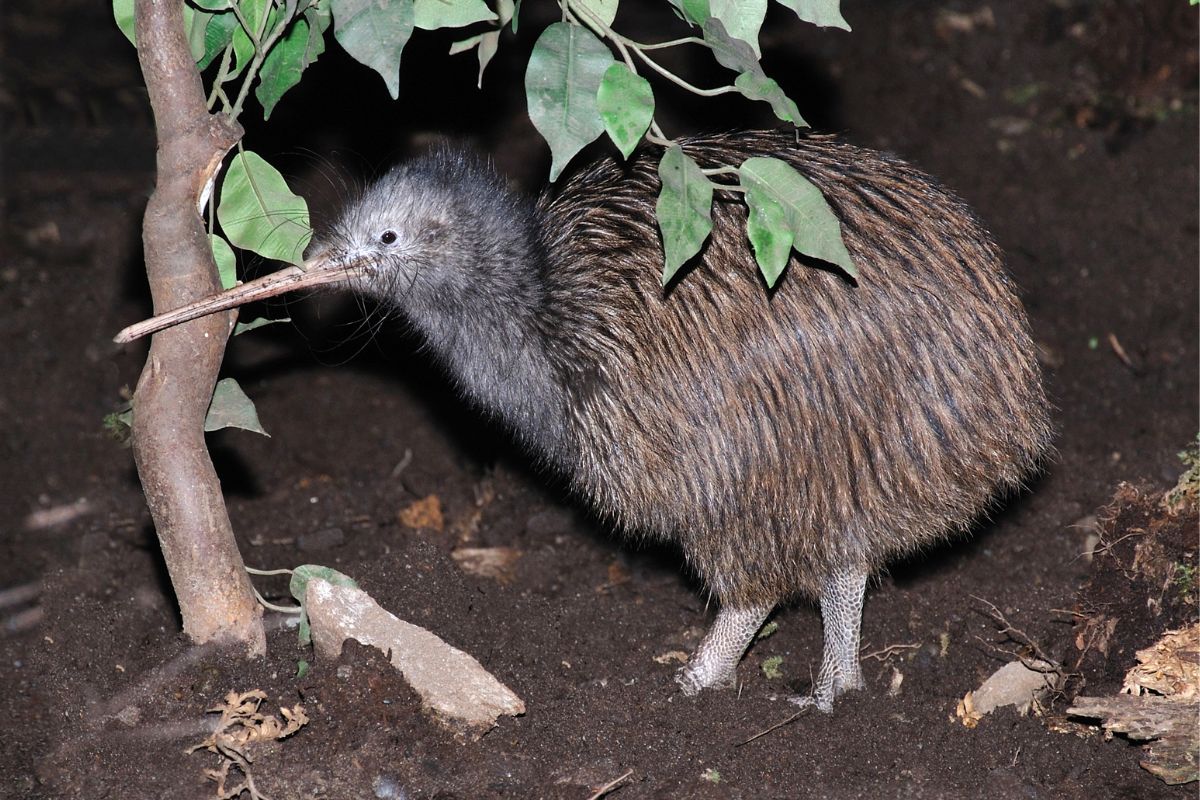
As opposed to the north island giant moa, the north island brown kiwi is a small flightless bird. Even with their small size, the north island brown kiwi doesn’t have the strength and ability for flight. They are indigenous to New Zealand and have the second largest egg per body weight for any bird.
13. Southern Brown Kiwi
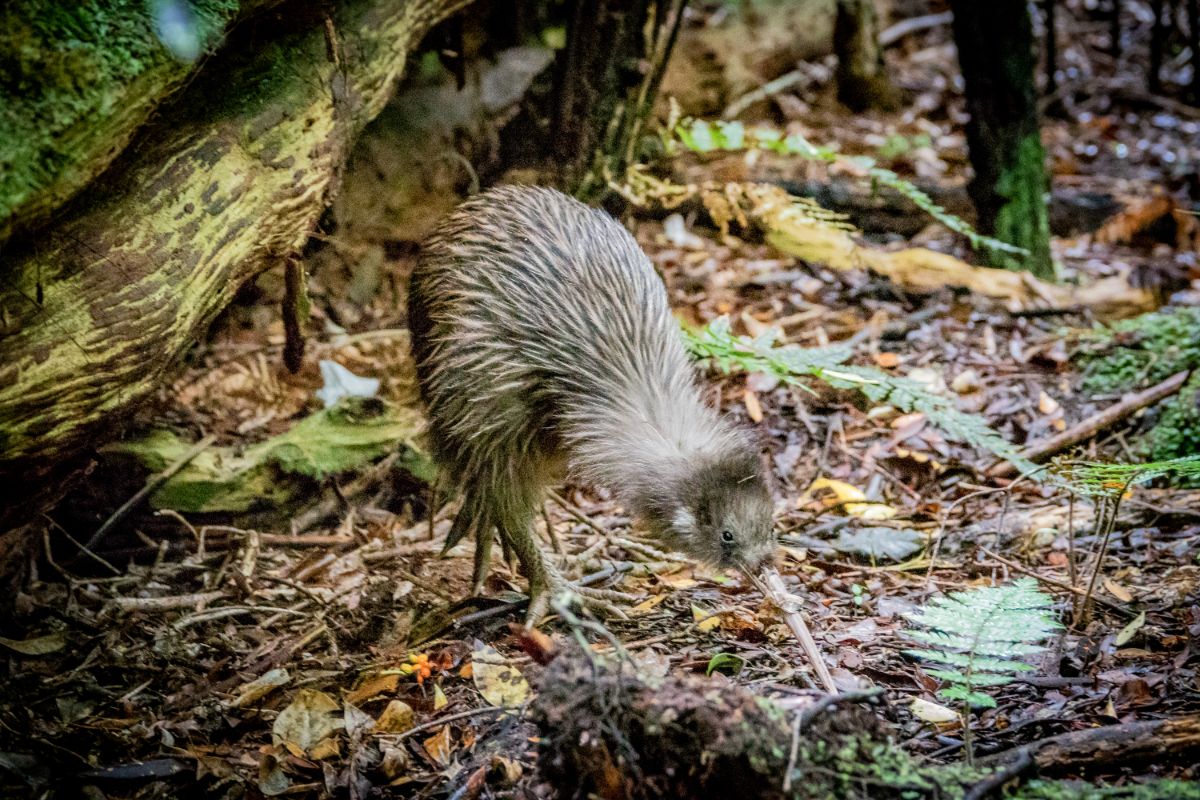
Similar to the north island brown kiwi, the southern brown kiwi is indigenous to New Zealand and is a flightless bird. The southern brown kiwi is in the southern portion of the country. Some authorities consider the two to be the same species, but slight differences due to a change in habitat cause them to be different species.
14. Darwin’s Rhea
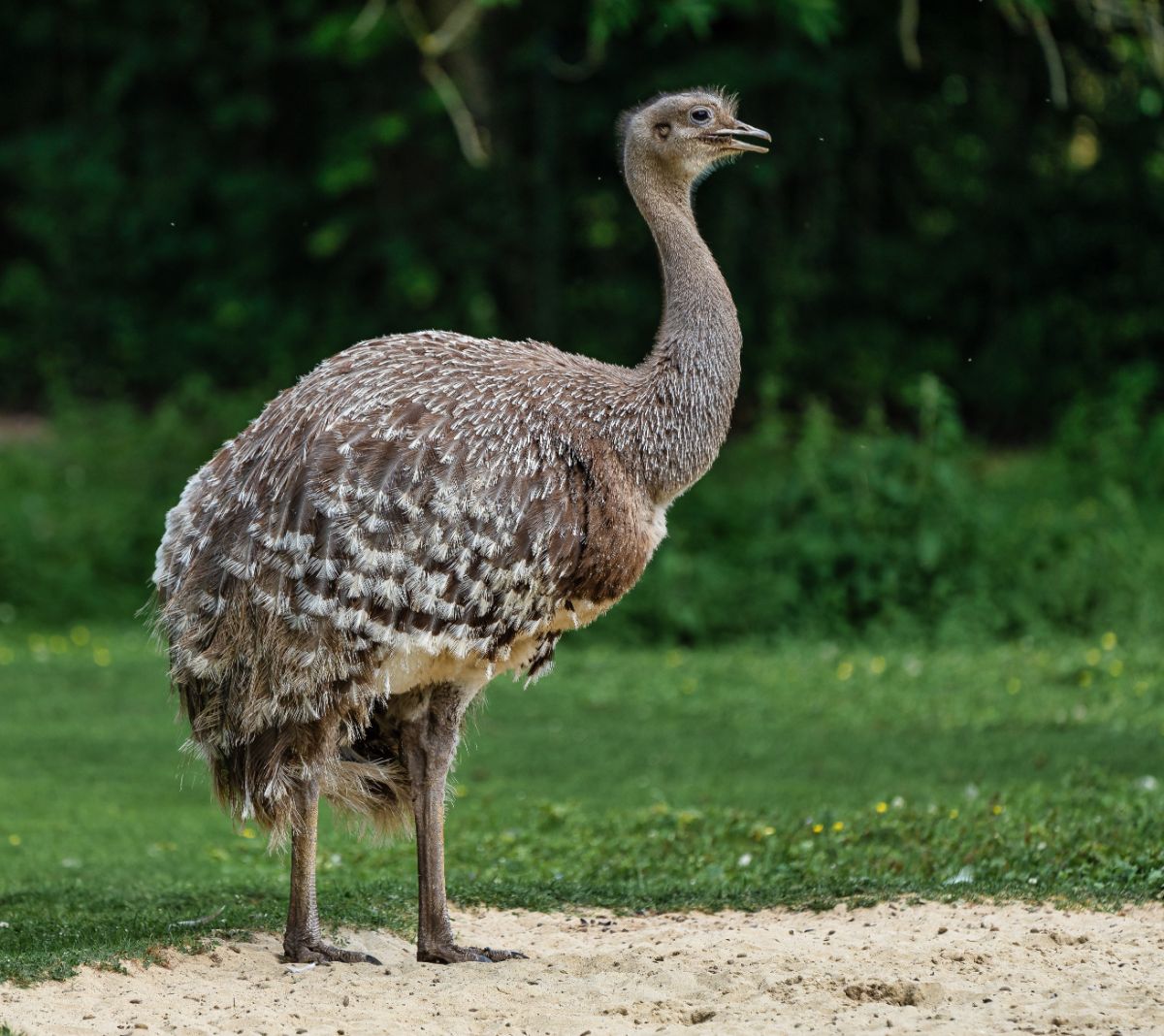
Darwin’s rhea is also known as the lesser rhea and lives in the Altiplano and Patagonia in South America. This flightless bird grows up to 3 feet tall and 3 feet in length. They have a small head and a small bill, similar to other ratites. Long legs and a long neck make up for their small bills.
15. Great Spotted Kiwi
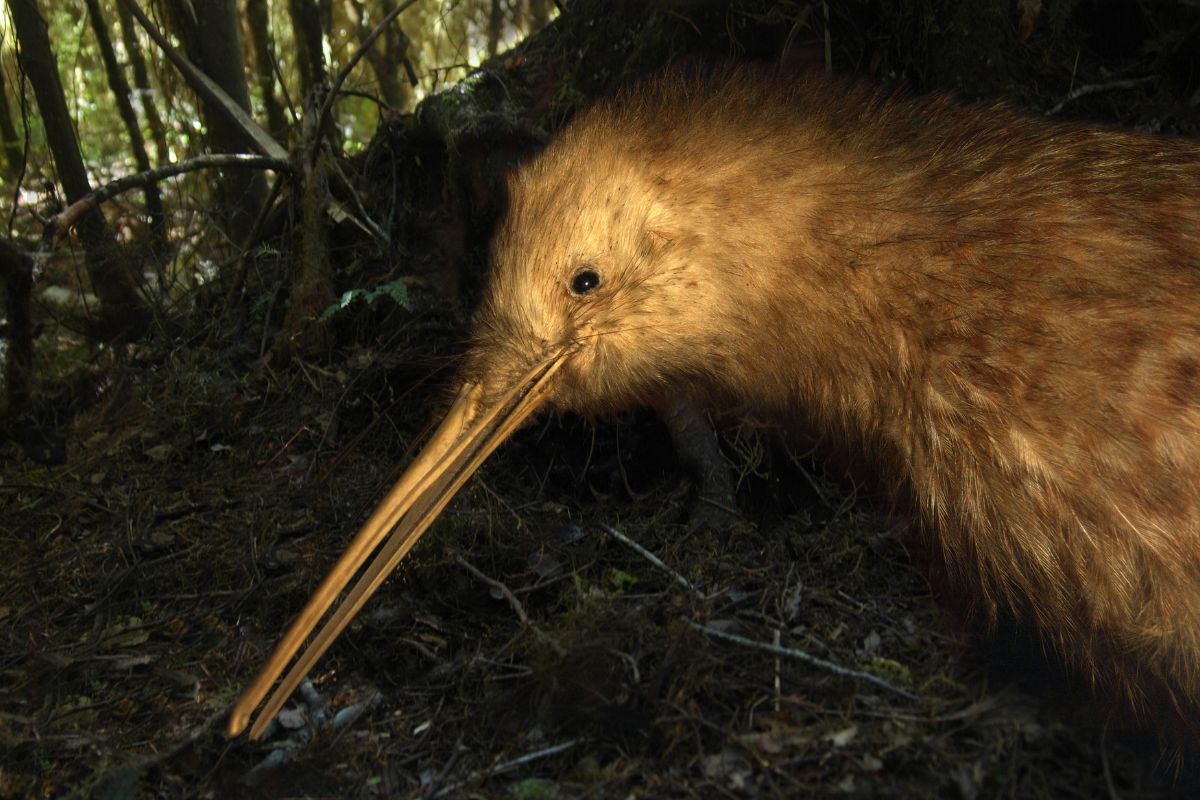
As another member of the ratites, the great spotted kiwi is a flightless bird with a small head. They are indigenous to the South Island of New Zealand. The great spotted kiwi is the largest of the kiwi birds. The great spotted kiwi is free from many harsh predators because of the rugged climate in which it lives.
16. Fuegian Steamer Duck
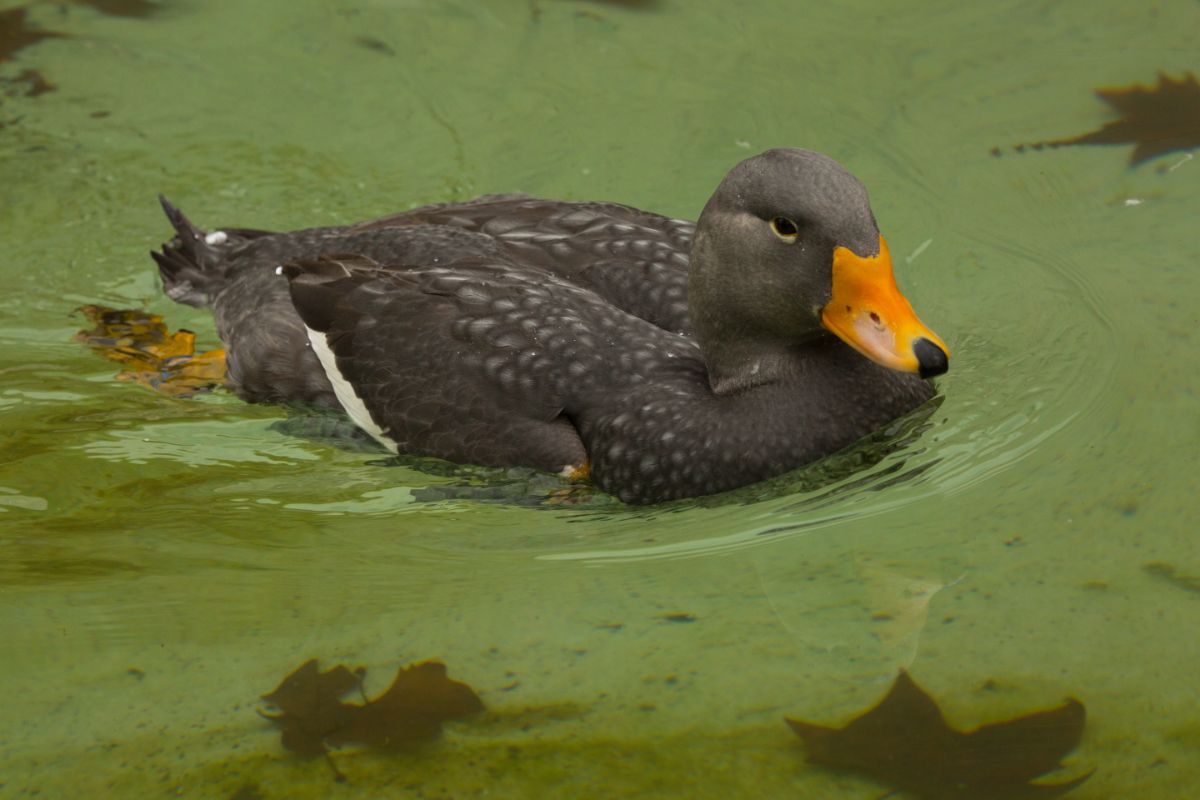
The Fuegian steamer duck is a flightless duck native to South America. The Fuegian steamer duck inhabits the rocky coasts and coastal islands of Chile and Chiloe to Tierra del Fuego. When it is breeding season, these ducks move inland to sheltered bays and inland lakes.
17. Lord Howe Woodhen
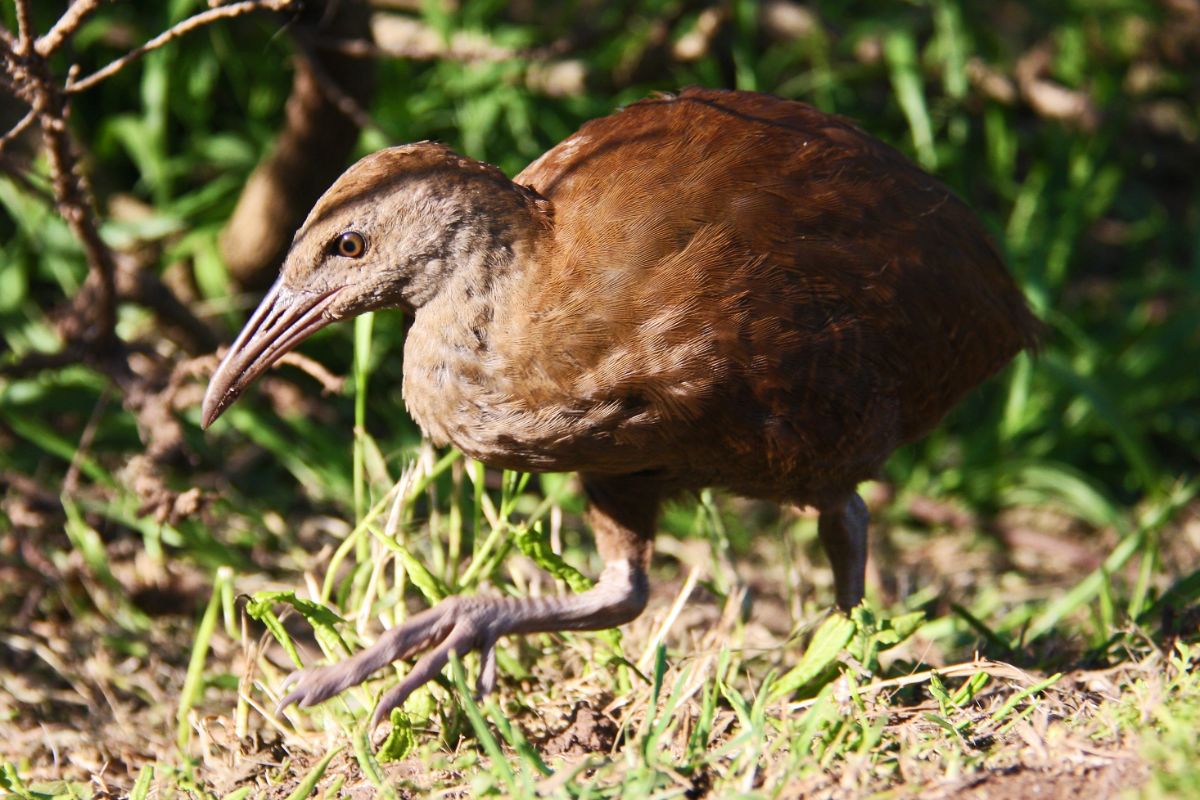
The lord howe woodhen is a flightless bird native to Australia. In the mid-1960s, the lord howe woodhen was one of the most endangered birds in the world. Successful conservation programs began breeding the woodhens and drastically increased their population.
18. Lyall’s Wren
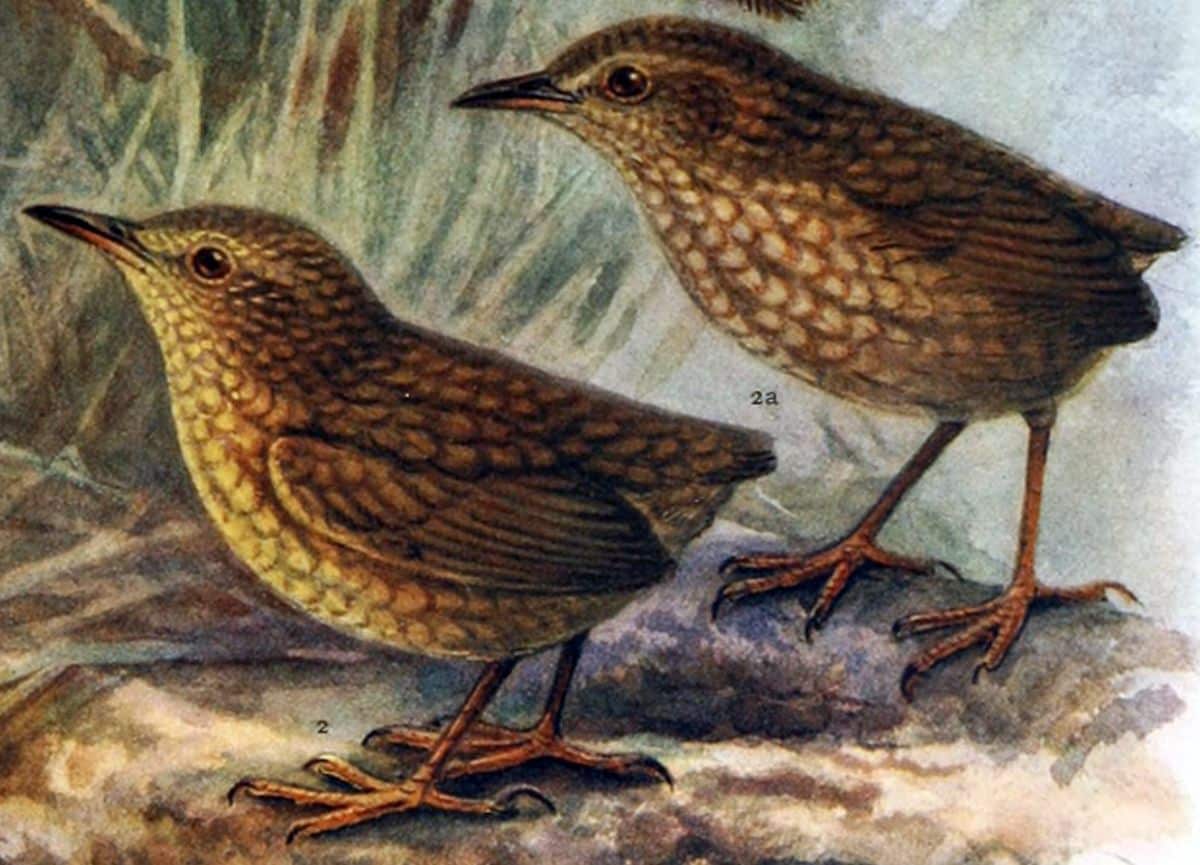
The Lyall’s Wren is an extinct flightless bird that was native to New Zealand. The fate of this small flightless bird was many feral cats on the island. They had olive-brown plumage and a yellow stripe up to their eyes. The reduced keel in their breast made them lack the pectoral muscles needed for flight.
19. Junin Grebe
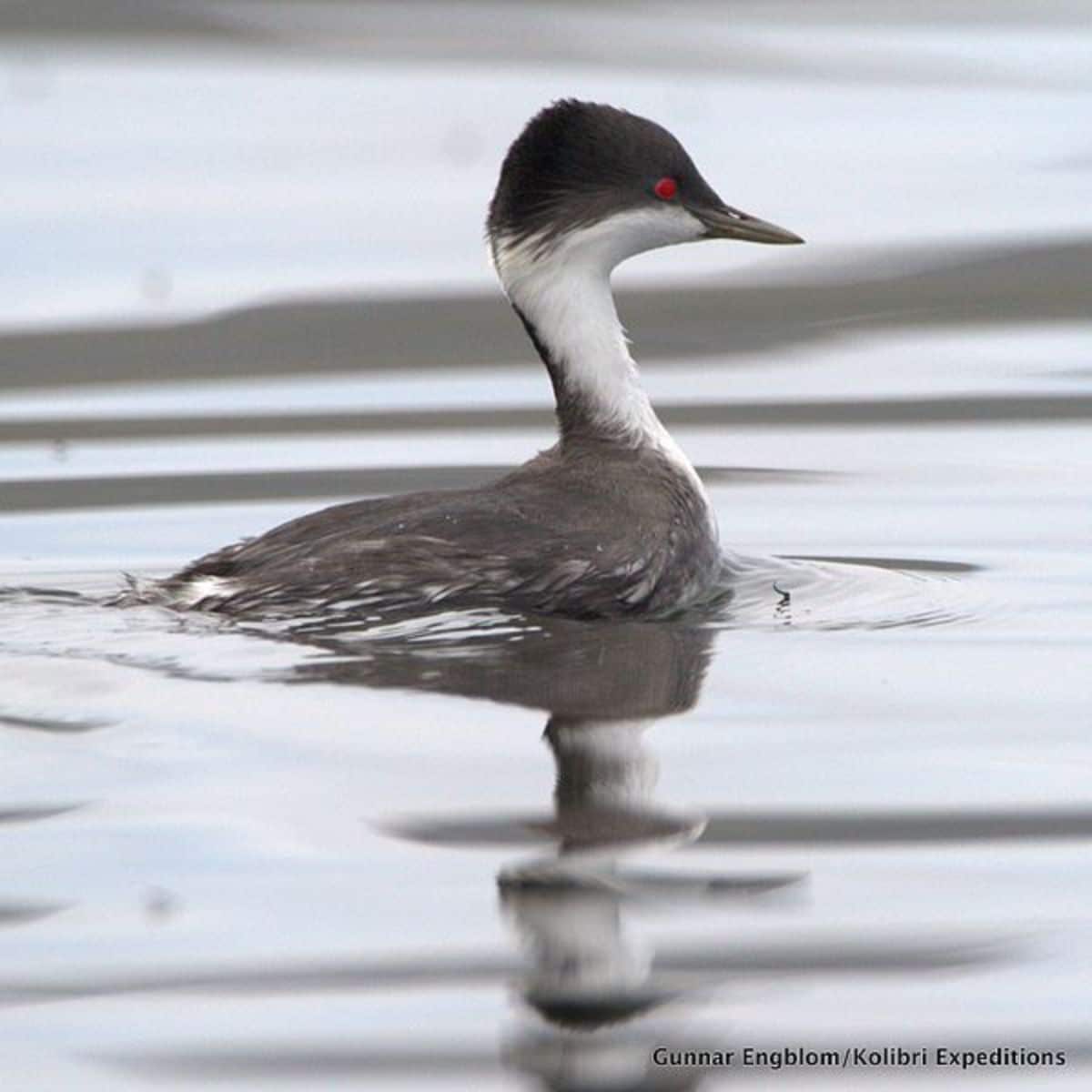
The Junin grebe is a flightless grebe found on Lake Junin in the highlands of Junin in west-central Peru. They breed in bays and channels around the edge of Lake Junin. They prefer open water when they are not breeding. They are an endangered species, with an estimated population of less than 250.
20. Campbell Teal
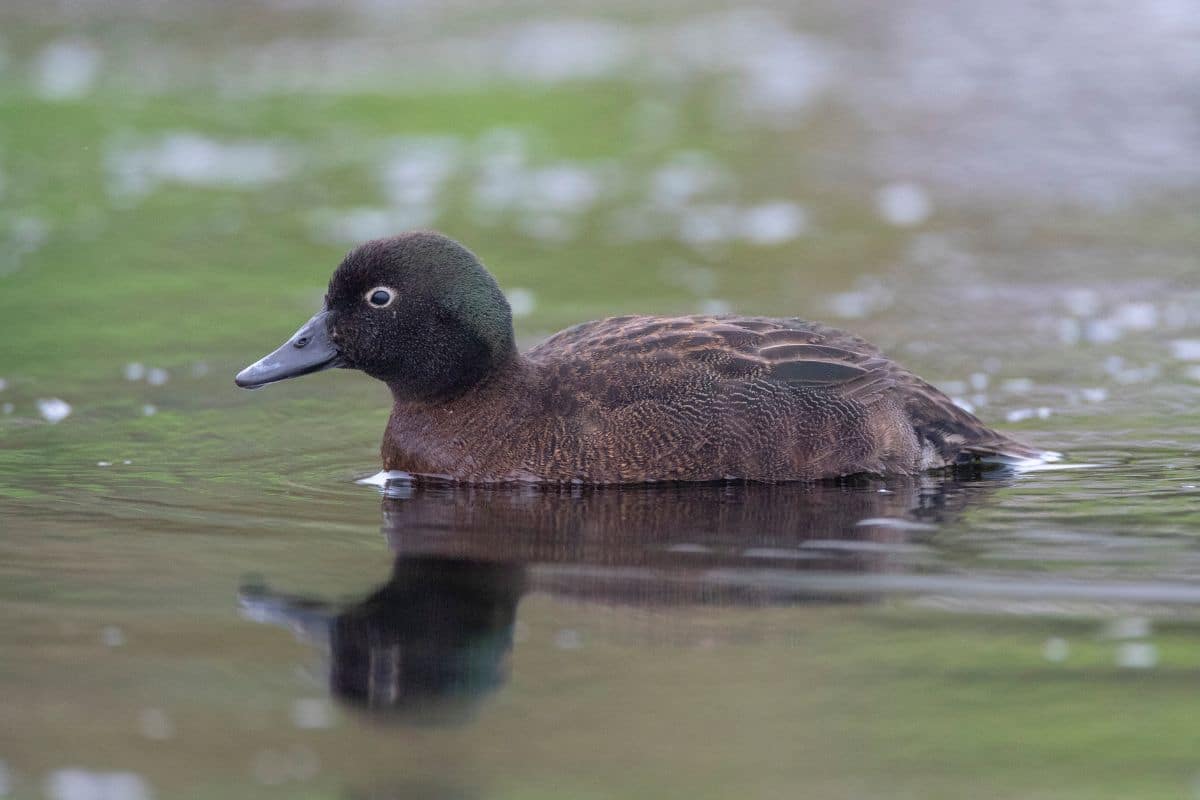
The Campbell teal is a small, nocturnal flightless duck. They are native to Campbell Island, New Zealand. They are a dark brown color, resembling an Auckland teal. They live in tussock grasslands dominated by Poa tussock grass. These ducks were driven to extinction on Campbell Island with the introduction of Norway rats who ate their chicks and eggs. In 1975, the species was rediscovered on Dent Island, a small islet near Campbell Island that was rat-free.
21. White-flippered Penguin
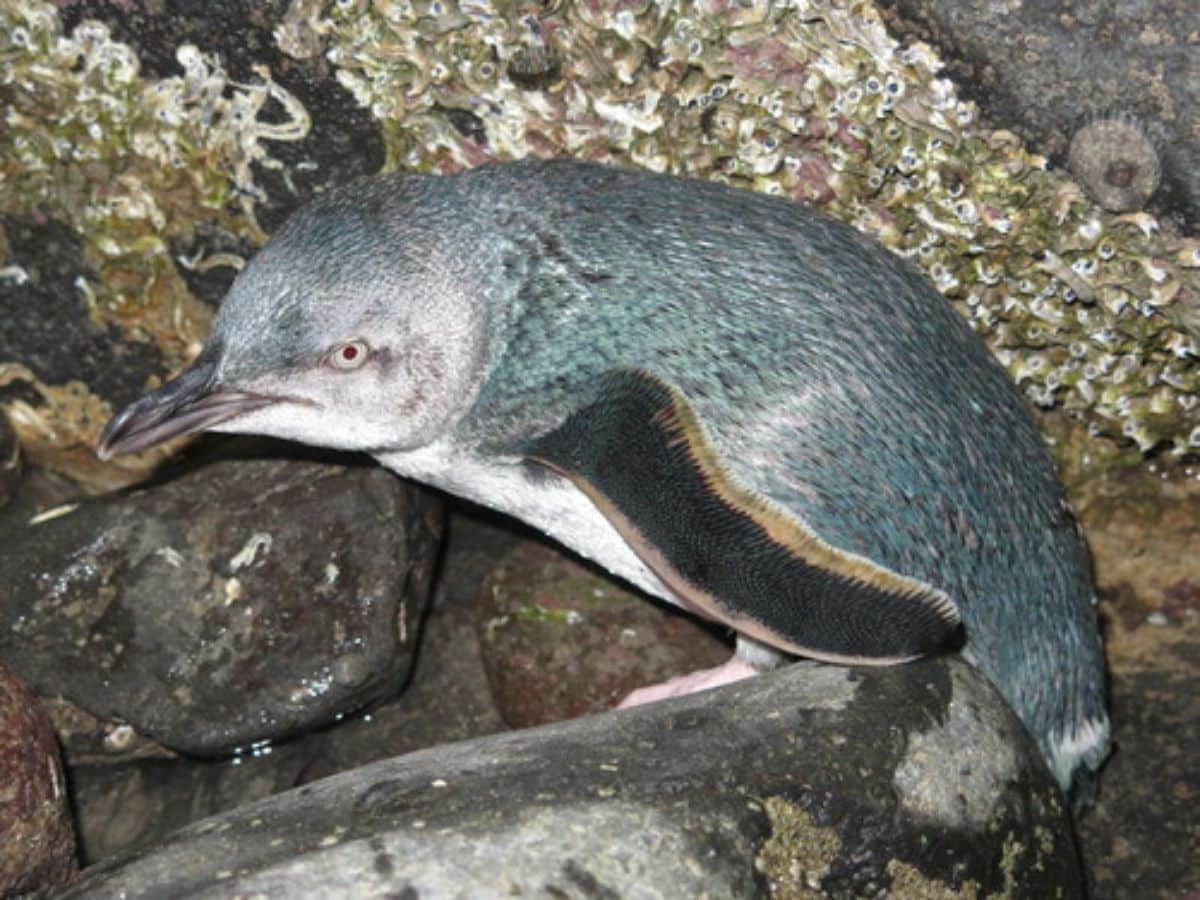
The white-flippered penguin is one of the smallest penguin species in the world. These flightless penguins have blue-gray dorsal feathers and a white underside. Their small size grows up to 16.1 inches in length and is only three pounds in weight. They live in caves, rock jumbles, headlands, and other sheltered areas at the base of bays. They range from Canterbury, New Zealand, to the Banks Peninsula and Motunau Island.
FAQs
Let’s take a look at a couple of facts and questions related to birds that can’t fly:
How many birds are flightless?
There are around 60 flightless bird species alive today. Many other species are theorized to have been flightless but are now extinct.
Is a duck a flightless bird?
The species of duck defines if it is a flightless bird. Most domesticated ducks have lost their ability to fly due to the lack of need to fly to search for food and shelter. They have micro-evolved to be less dependent on their environment and more dependent on their caretakers for food and shelter.
Many wild ducks, like the Mallard duck, can fly for long periods. Some wild ducks do lack the ability to fly, including three out of the four steamer duck species.
